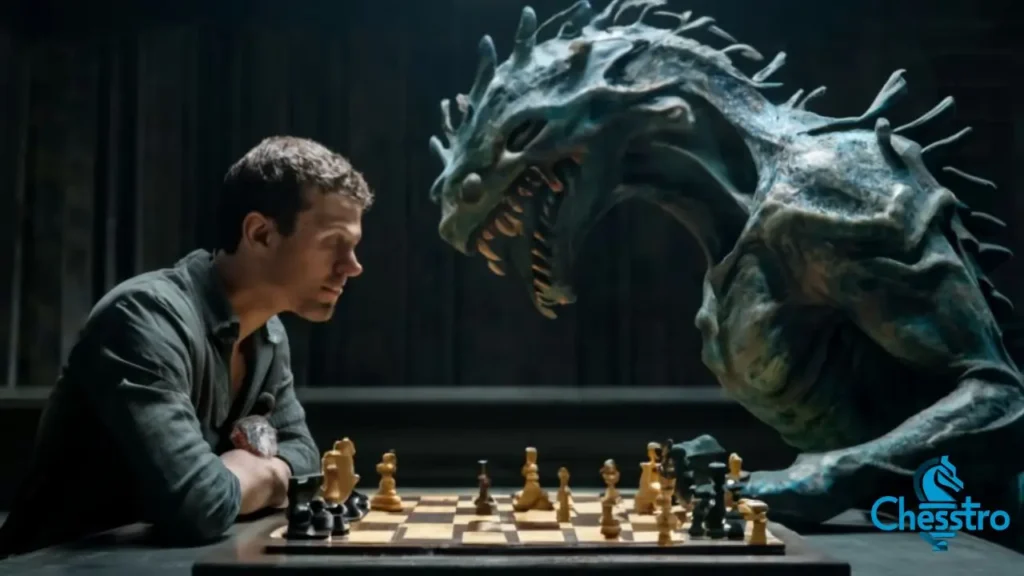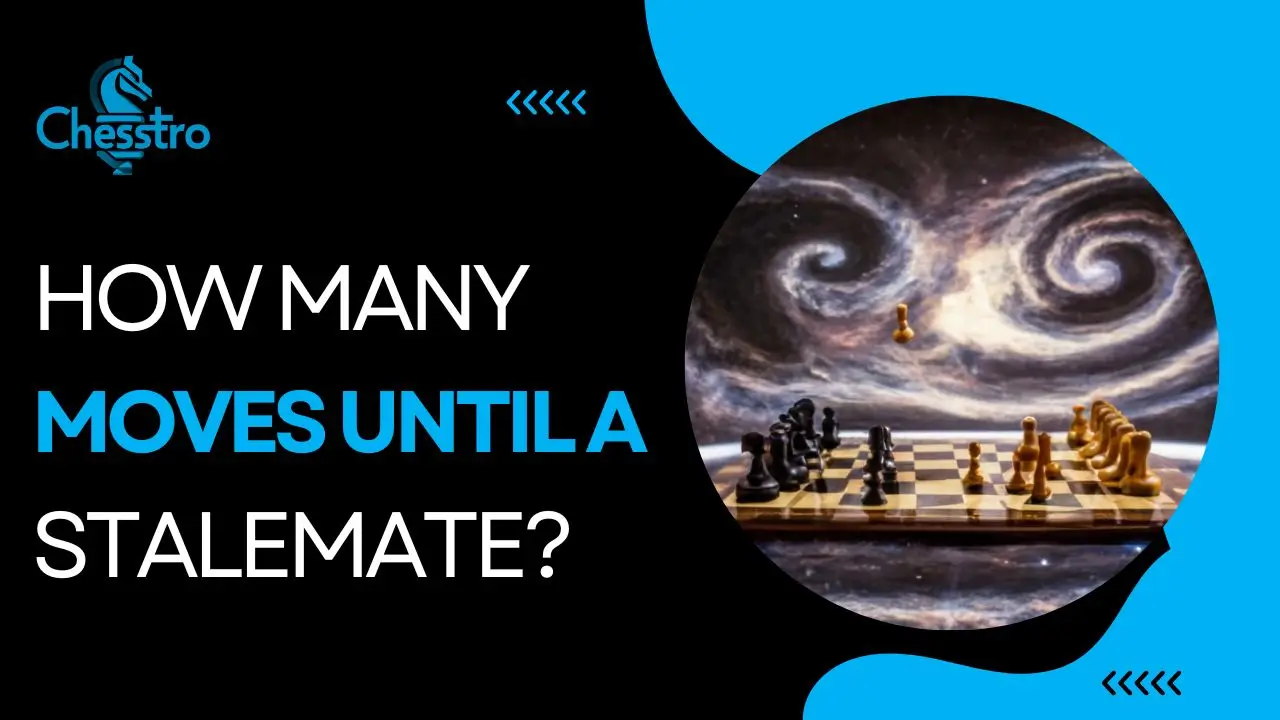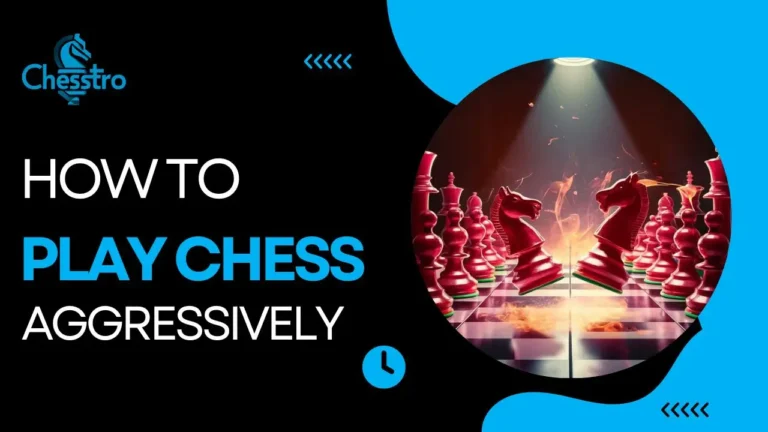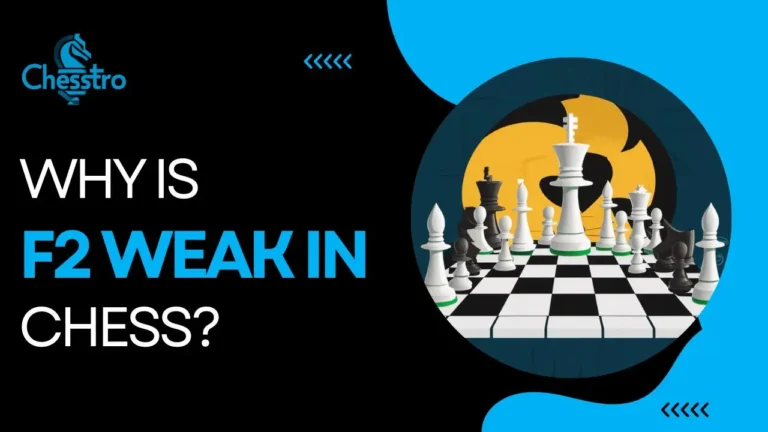How many moves until a stalemate?
Did you know a chess game can end in a draw through stalemate, even when a player’s king is not under threat? Stalemates occur when a player has no more legal moves to make. This unique situation can arise unexpectedly and change the course of the game.
Understanding how many moves it takes to reach a stalemate can enhance your strategic planning and help you foresee potential game outcomes. In this guide, we will explore the factors that lead to stalemate effectively. Read on to master this intriguing aspect of chess!
You can also learn more about Why Can’t I Move A Piece In Chess
What’s The Maximum Number Of Moves Before A Stalemate?
The maximum number of moves before a stalemate in chess is 50 moves, according to the FIDE Laws of Chess.
This means that if no piece is captured and no pawn is moved for 50 consecutive moves by both players, the game is automatically declared a draw.
This rule prevents players from attempting to force a win in a position that is clearly a draw.
You can also learn more about Why Are Some Chess Boards Green?
Stalemates can occur in various situations, such as when one player’s pieces are confined to an area where they cannot make any legal moves or when a player has no legal moves but is not in check.

Stalemates are often seen as a missed opportunity for the player who could have potentially won or drawn the game if t a difference had made a move.
While it may seem frustrating, stalemates are an important element in chess as they reflect the strategic and tactical complexities of the game.
How Does Stalemate Vary In Different Chess Variants?
Chess stalemates occur when a player is unable to make a legal move, but their king is not under check. This situation changes depending on the type of chess being played because each has different rules.
In standard chess, a stalemate happens when a player’s king isn’t in danger but can’t move anywhere without going into check.
You can also learn more about Why is f2 weak in chess?
In Chess960 or Fischer Random Chess, the pieces start in random positions. This randomness can affect the frequency of stalemates.
Other types of chess, like Three-Check Chess or King of the Hill, have different rules that affect stalemates.
In Three-Check Chess, a player wins by checking the opponent’s king three times. Because of this, players might avoid checking the king to prevent an early win, which can lead to more stalemates.
In King of the Hill, a player wins by getting their king to the center of the board. If a stalemate happens, the player can claim victory, which changes how players try to reach or avoid stalemates.
So, stalemates are different in each type of chess because the rules and goals are different.
You can also learn more about Can You Castle If Rook Is Under Attack?
Strategies For A Quicker Stalemate
A quick way to reach a stalemate in a situation where a long conflict isn’t wanted is by focusing on open and effective communication.
By setting up clear and open communication channels, everyone can share their concerns, goals, and possible solutions. This helps prevent misunderstandings and reduces the chance of unnecessary conflicts.
Finding common ground and compromise is also key to reaching a stalemate faster. This means looking for shared interests or alternative options that meet everyone’s basic needs.
You can also learn more about Where are the chess hustlers

Using a neutral third-party mediator can also speed up the process. A mediator can guide the talks and offer unbiased suggestions for a resolution.
Finally, creating an environment of mutual respect and trust is crucial. It helps find common ground and reach a stalemate more quickly.
In summary, combining good communication, compromise, mediation, and respect is an effective way to achieve a timely stalemate.
You can also learn more about What is the 20-40-40 rule in Chess?
Does The Number Of Moves Depend On Player Skill?
A player’s skill level can certainly influence the number of moves in a game.
A skilled player will often utilize strategic thinking, careful planning, and tactical maneuvers to minimize the number of moves required to achieve their objectives.
They are likely to have a better understanding of the game mechanics, rules, and the potential consequences of each move.
With this knowledge, they can make more informed decisions and select moves that provide the greatest advantage.
Skilled players are also typically adept at recognizing patterns, anticipating their opponents’ moves, and exploiting weaknesses. By doing so, they can swiftly navigate through the game and efficiently reach their goals.
You can also learn more about Why is Blitz chess so popular?
Conversely, less experienced or novice players may need help to assess the gameplay effectively, requiring more moves to achieve the same results.
However, it is worth noting that game complexity, randomness, and certain external factors can also impact the number of moves needed in a game, occasionally diminishing the significance of skill alone.
Final thoughts:
In conclusion, understanding the concept of stalemate in chess is crucial for improving your strategic thinking. A stalemate can be reached after 50 moves according to the FIDE Laws of Chess.
Different chess variants may have variations in their stalemate rules. Strategic planning, careful moves, and player skills can influence the occurrence of a stalemate in a game. Overall, grasping the dynamics of stalemate can greatly enhance your abilities as a chess player.







